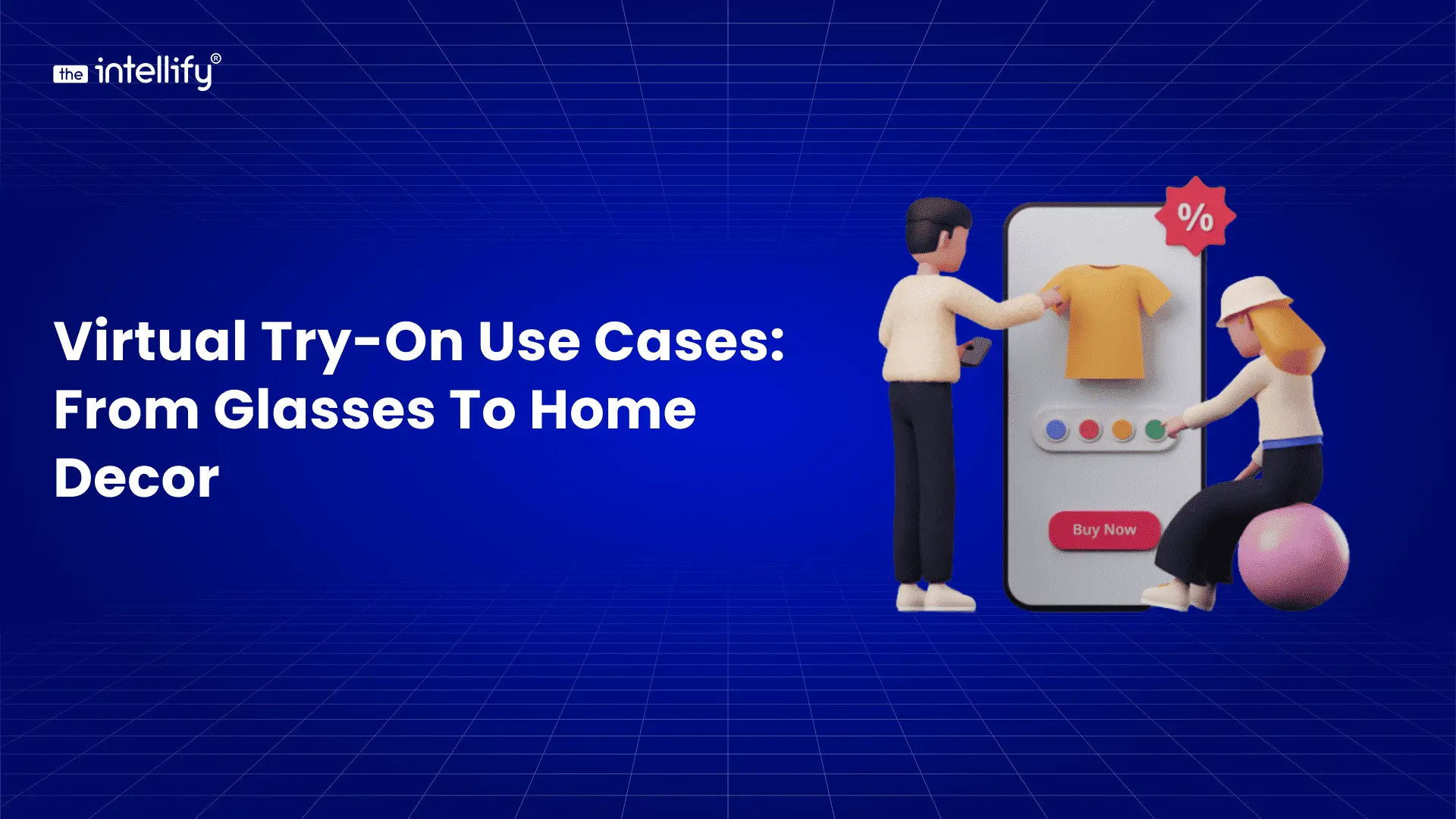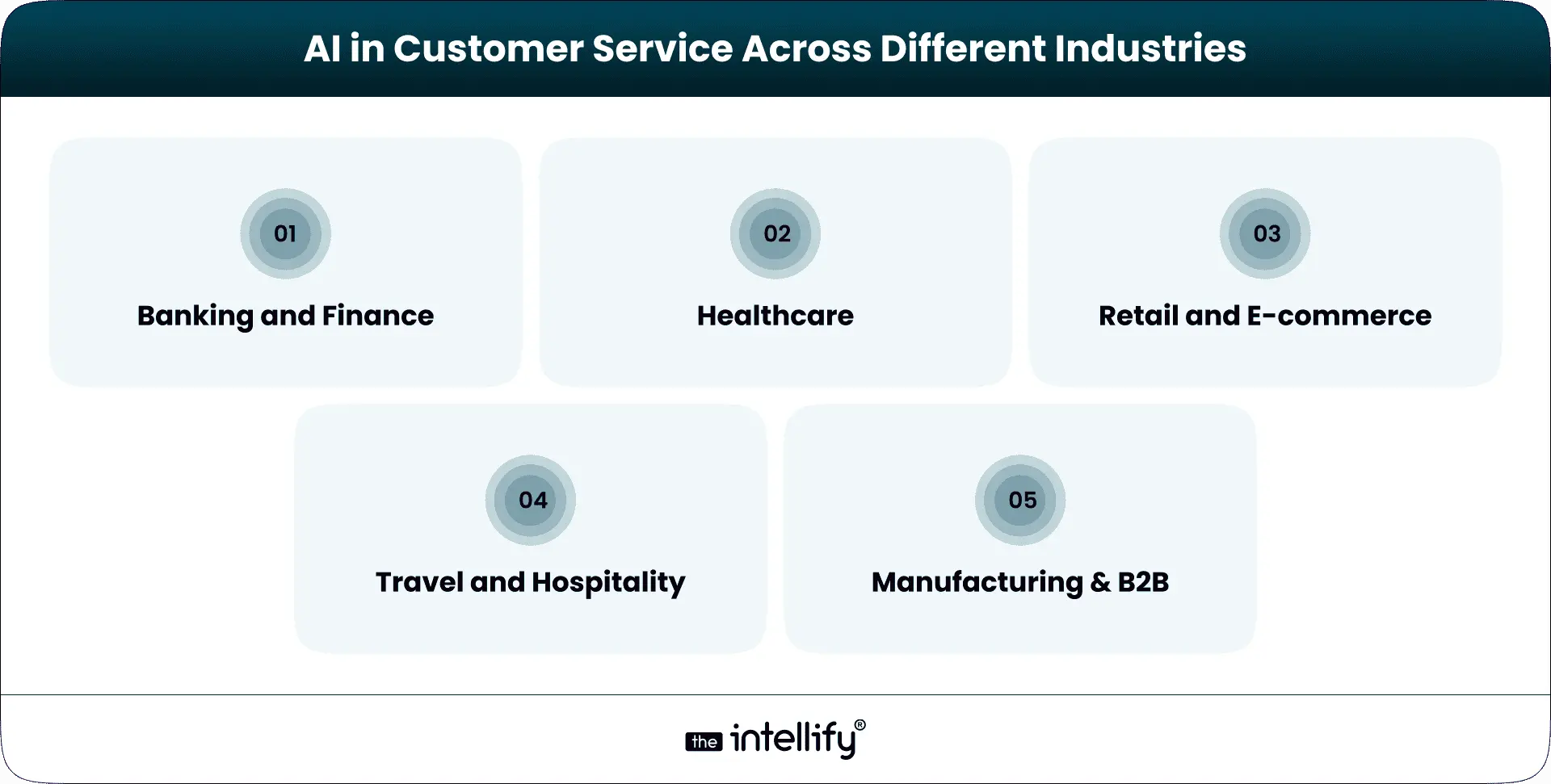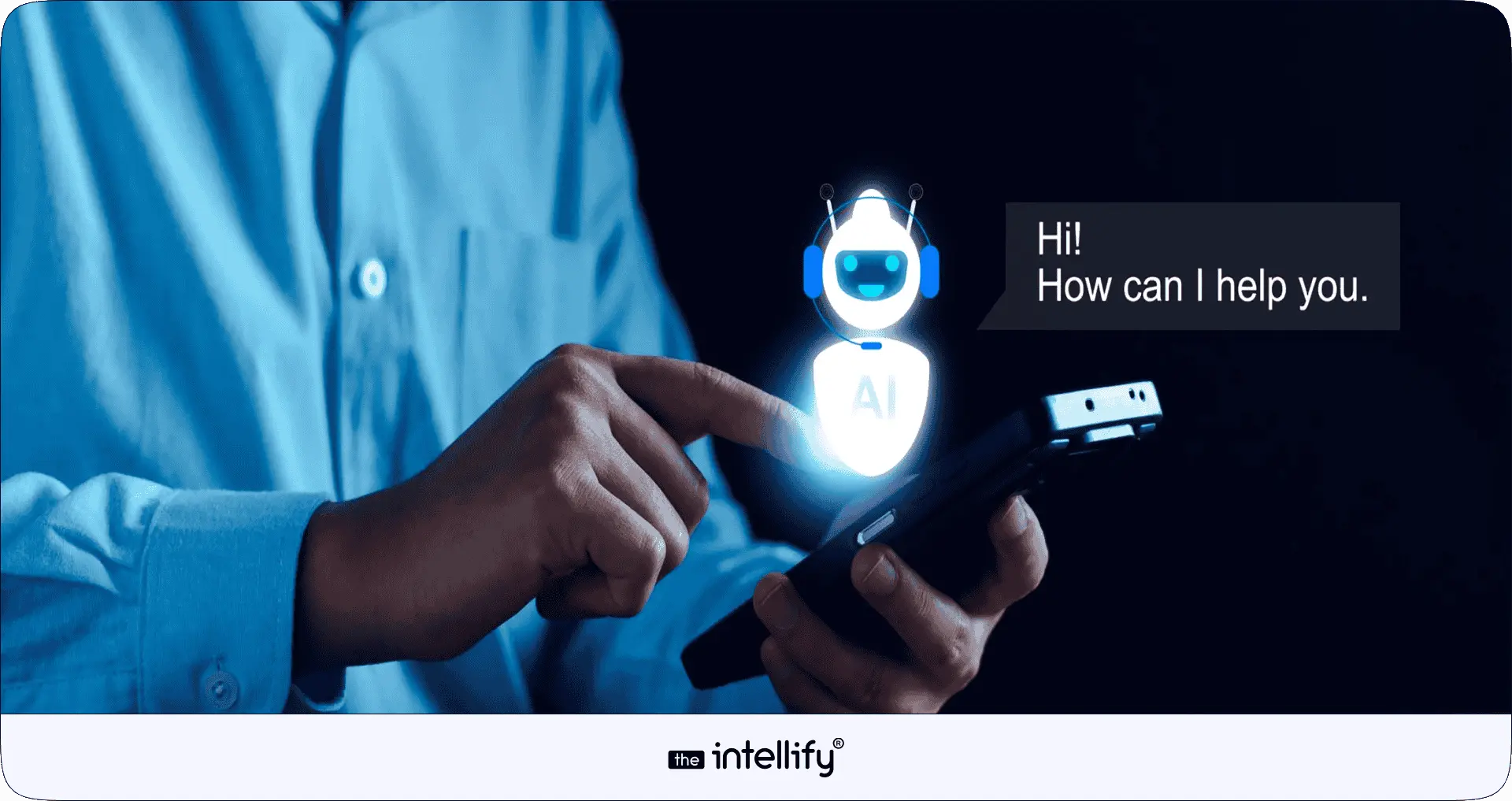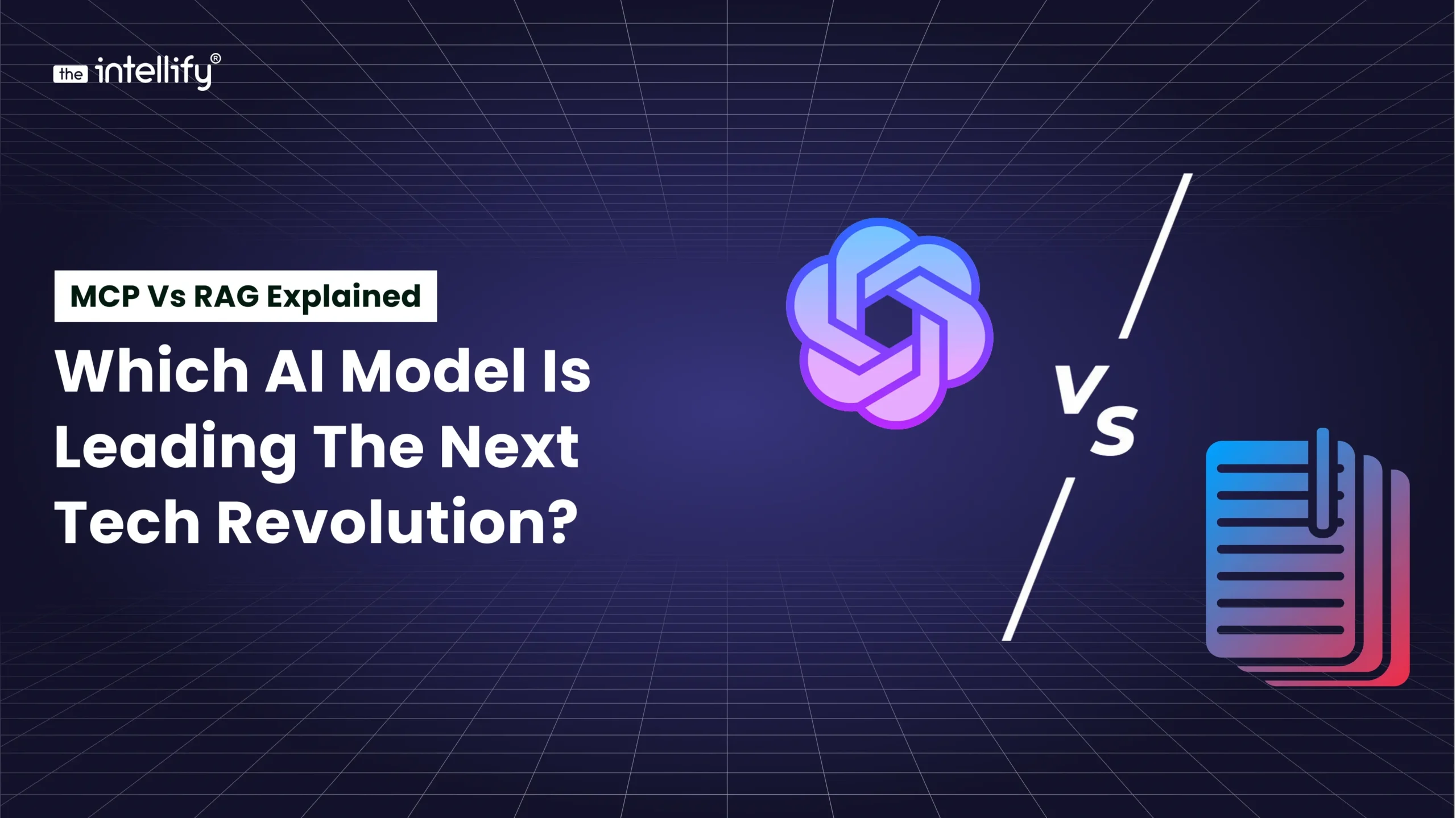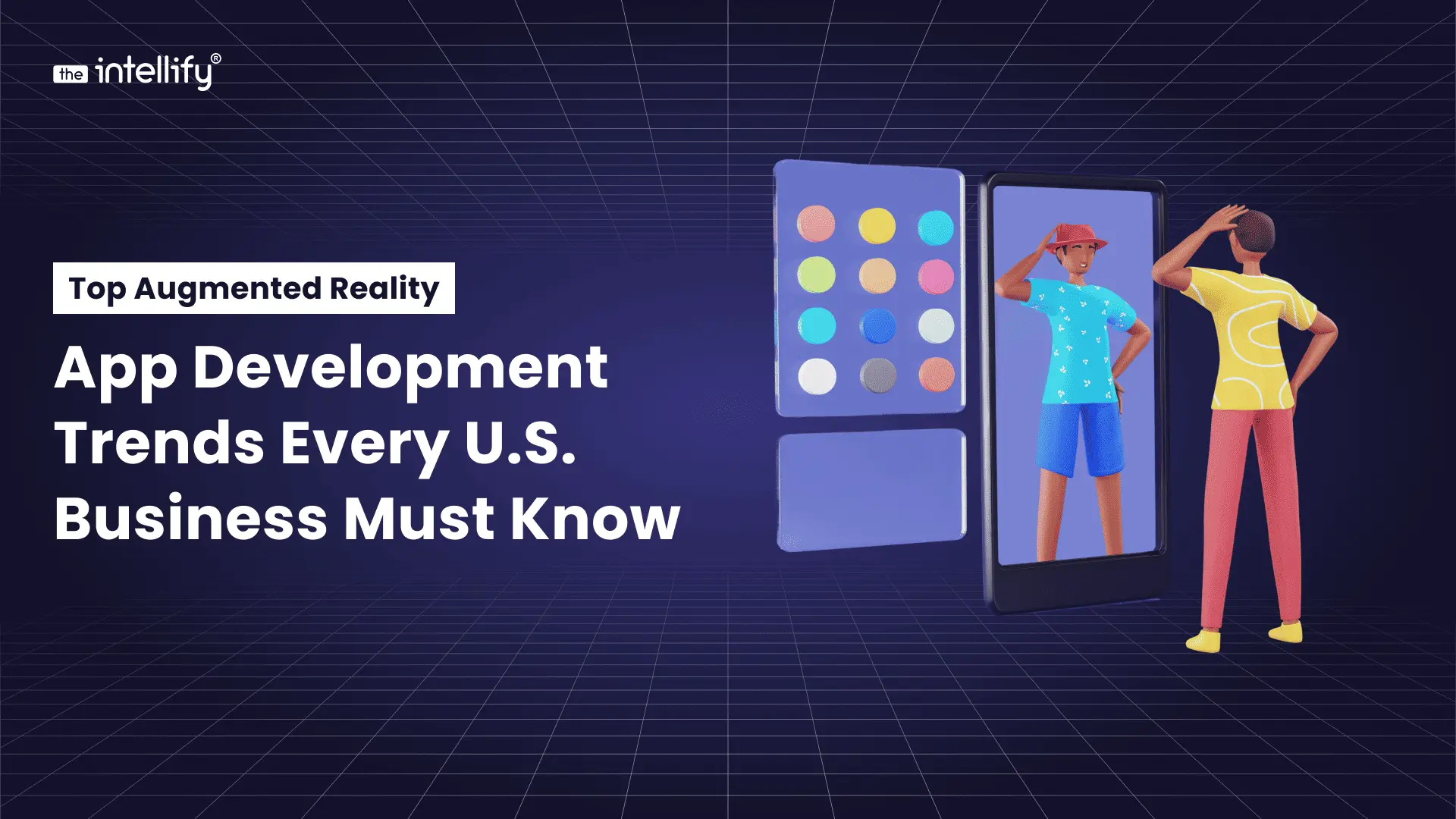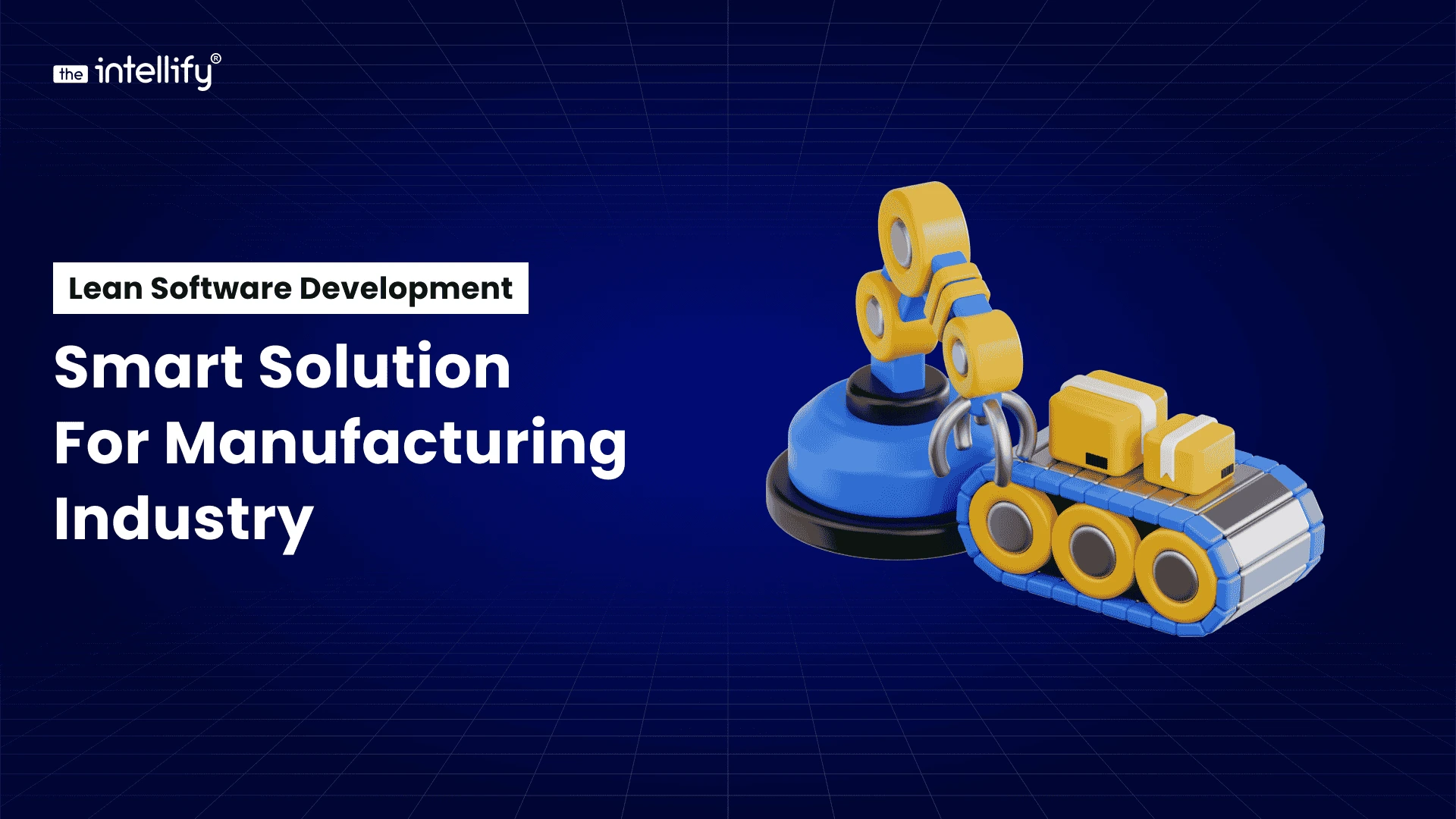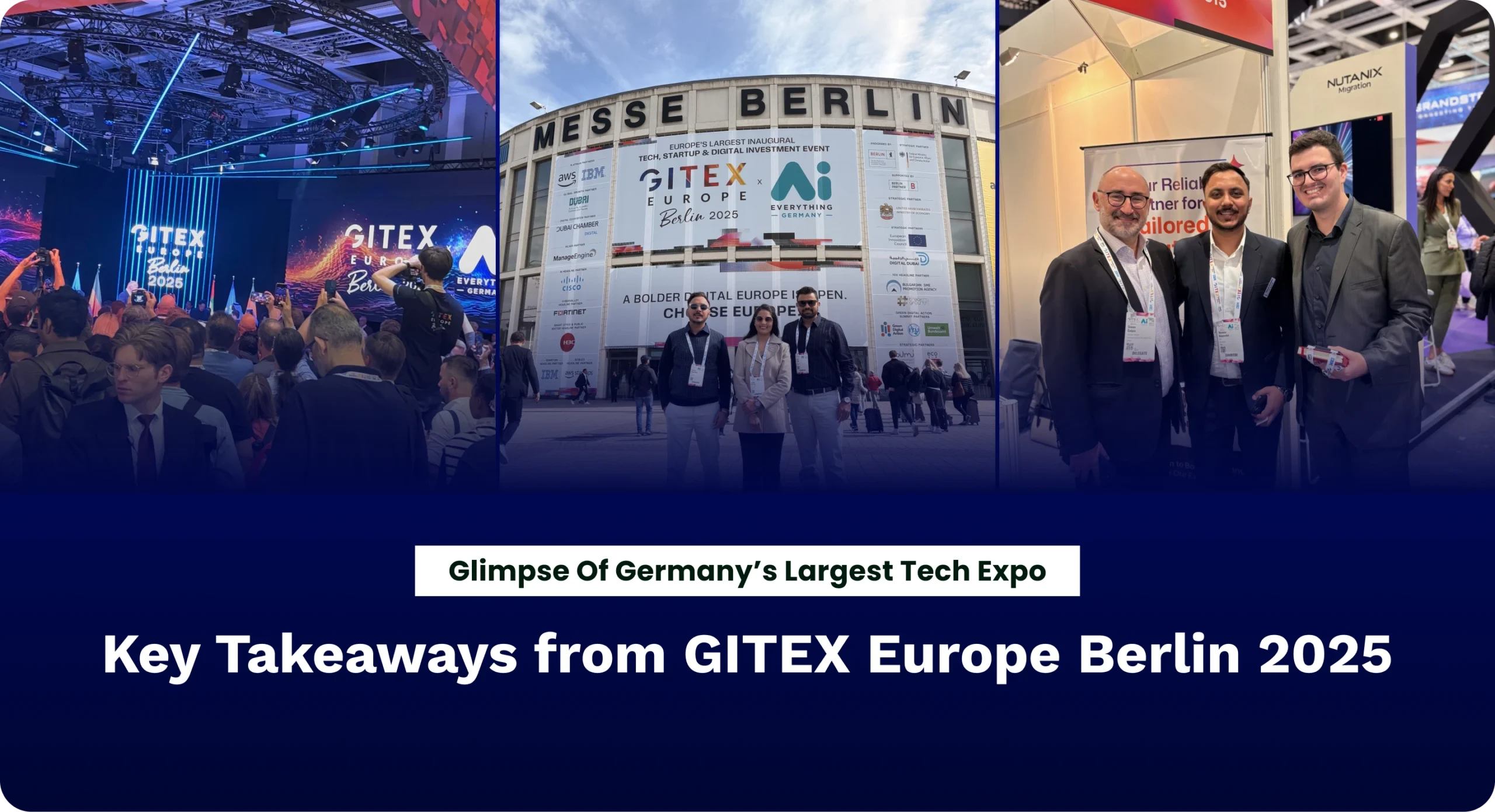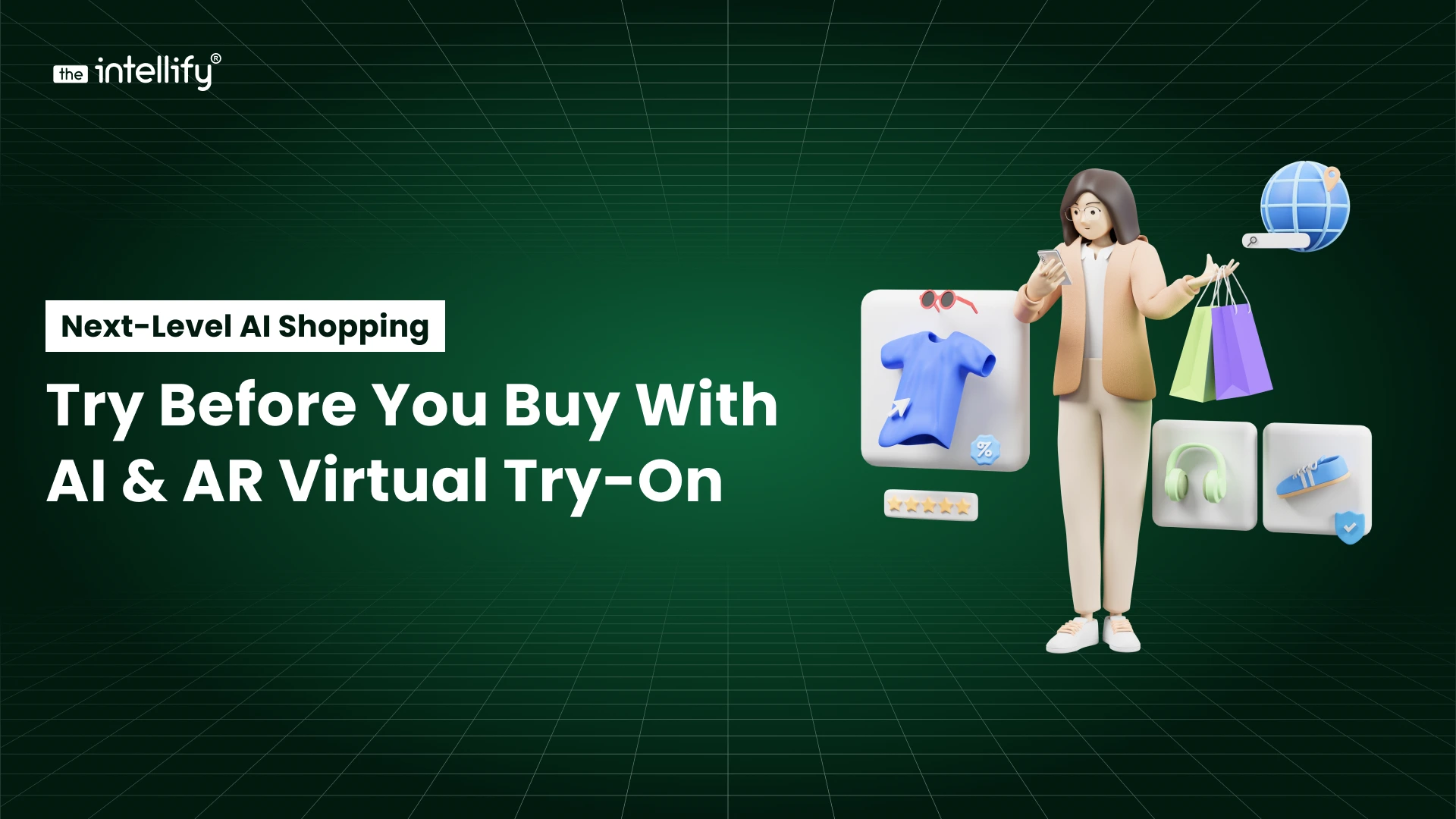In 2025, customer expectations have significantly changed. In addition to high-quality products, today’s consumers demand personalization, real-time interaction, and a flawless digital experience. Because of this shift, manufacturers are modifying traditional sales tactics to meet modern demands.
That’s the use case for a 3D configurator. These days, stationary product photos and PDFs are not enough. Consumers want to see exactly what they are buying, interact with products, and instantly modify them. Using a 3D product configurator, manufacturers can provide customers with immersive, interactive product experiences that boost conversions, speed up decision-making, and inspire confidence.
What Is a 3D Configurator for Product Manufacturers?
3D configurators are product customization tools that allow users to view and customize products in a three-dimensional environment. It allows real-time change of product characteristics including size, color, material, components, and price.

There are three main types:
- Web-based configurators: Run in a browser with no downloads, ideal for eCommerce.
- AR-based configurators: Use augmented reality to place customized products into real-world environments via smartphones.
- VR-based configurators: Deliver immersive experiences, often used in high-investment B2B sales or trade shows.
Why Manufacturers Need a 3D Product Configurator
Manufacturers of custom or high-end goods face special challenges. Tight cost controls, complicated manufacturing processes, and high customer expectations make sales difficult. A 3D configurator helps to solve these problems by enabling customers to design products according to preset specifications.
The main advantages include:
1. Simplified production: By automating the design process, a 3D configurator can significantly reduce the complexity of manufacturing. To save engineers from having to redo designs for each order, it dynamically modifies parts or options.
2. Streamlined ordering: When a configurator generates customer specifications automatically, orders become more precise. The tool can speed up production and quoting by directly feeding these specifications into the workflow.
3. Cost control: Automated design and quotation help cut down on waste and mistakes. By adding a built-in price calculator, manufacturers can save costly errors and provide precise, fast quotes.
4. Exact specifications: A visual configurator records every detail. The system eliminates common misunderstandings by recording precise dimensions and features as customers switch models, unlike static spec sheets.
5. Higher customer satisfaction: When customers can see their personalized product in three dimensions, their confidence levels rise. Returns and complaints are reduced by this engaging, customized experience.
6. Increased sales and conversions: A brand stands out with an interactive shopping experience. According to studies, incorporating 3D visualization virtually ensures a 94% increase in conversion rates. In other words, customers are much more likely to complete a purchase after building a product in 3D.
7. Valuable customer insights: The configurator creates useful data for you with each click and choice. Manufacturers can track consumer preferences and behavior, such as color choices, new product additions, etc., to inform marketing and new product development.
By addressing common problems, 3D product configurators turn challenging sales into a smooth, online experience, eliminating order errors and customer uncertainty. They successfully “streamline the online sales process” for manufacturers.
Use Cases of 3D Configurators in Manufacturing Industries

1. Furniture & Home Decor
Allow clients to design their own wardrobes, couches, or beds. One can purchase with greater assurance when materials, finishes, and measurements are visible.
2. Industrial Equipment
Customers can configure machinery based on features, use, or space to see how it will appear before it is manufactured.
3. Automotive Parts
From rims to interiors, users can instantly change the colors, finishes, and arrangement.
4. Consumer Electronics
PC builders and gamers are pleased to see how different parts and cases fit together before making a purchase.
5. Medical Devices
Doctors and labs can streamline the design-to-production process by personalizing orthotic devices or tools for each patient.
Top Benefits of a 3D Product Configurator in Manufacturing

1. Enhanced product visualization
Customers can see exactly what they’re purchasing. This results in a better user experience, increased satisfaction, and decreased returns.
2. Reduced sales cycle speed
Without engaging in back-and-forth with sales representatives, customers can choose their own product. Making decisions is sped up with this self-service method.
3. Reduced errors in customized orders
By establishing rules and limitations, a 3D product configurator can ensure that users are unable to select incorrect combinations, thereby avoiding costly errors.
4. Sales to the production line made simpler
Configured data flows straight from ERP or production systems. Hand-entry labor, errors, and lead times are reduced by this automation.
5. Competitive differentiation
It demonstrates creativity to offer a 3D configurator for a product. In a crowded market, it sets manufacturers apart and provides greater value.
Key Features to Include in a 3D Configurator for Manufacturers
- Real-time 3D rendering with responsive, fluid graphics that instantly change with each selection.
- Drag-and-drop interface: Users can customize with ease thanks to basic controls without needing technical expertise.
- Pricing calculator: As configurations are made, the pricing calculator displays price changes in real time.
- AR view: Mobile users can preview local products with AR view.
- ERP/CRM integration ensures smooth sales, quoting, and handoff to production systems.
- API compatibility is necessary for simple integration into external platforms or e-commerce systems.
How to Develop a 3D Product Configurator: Step-by-Step
Step 1: Define objectives & rules
Indicate in detail what users can alter and the rules (like compatible parts and size limitations) that will govern the setup.
Step 2: Choose 3D technology.
Depending on your web needs and product complexity, you can choose between Three.js, Babylon.js, or Unity as your rendering system.
Step 3: Design user interface
Make sure the user interface is clear, quick, and responsive. Make customization easier by using a guided process.
Step 4: Develop the back-end.
To manage data, store configurations, and facilitate pricing, inventory, and logic, build cloud infrastructure.
Step 5: Integrate with systems.
Connect the configurator to the ERP, CRM, and eCommerce systems for real-time pricing, order entry, and data synchronization.
Step 6: Test and deploy.
Perform comprehensive quality assurance to ensure compatibility, accuracy, and performance. Starting and gathering user feedback will improve user experience.
Integrations with Commerce Platforms and Systems
Deployment is made easier by the fact that modern 3D configurators are designed to integrate with existing sales systems. Among the e-commerce platforms they work with are Magento, WooCommerce, Shopify, and others. This automatically takes care of your pricing, product database, and inventory sync. Customers choose an item, and the exact cost and bill of materials are immediately returned to the retailer. The shopping experience is perfect; there is no confusion or rekeying.
The real power for manufacturers lies in back-office integration. Many businesses use CPQ (Configure-Price-Quote) in conjunction with ERP systems and a 3D configurator. Quoting and manufacturing preparation are automated by this “visual CPQ” system. Just setting up the product on the screen will instantly generate a quote. The ERP receives precise pricing information and product specifications from the system, which causes it to automatically generate manufacturing instructions (CAD files, assembly lists). In practice, this virtually eliminates human error and shortens the sales cycle. Quote generation becomes “quick and accurate,” as one source points out, speeding up the entire order process.
Build vs Buy: Should You Use an Off-the-Shelf Solution or Build Custom?
| Solutions | Pros | Cons |
|---|---|---|
| Off-the-shelf (SaaS) 3D Configurators |
|
|
| Custom-built 3D Configurators |
|
|
The choice depends on your needs, budget, and how unique your product offerings are.
Cost to Develop a 3D Product Configurator in 2025

Best Practices for 3D Configurator Success in Manufacturing
- Keep user interface (UI) simple. Avoid complications at all costs. Simpler tools are used more often.
- Use optimized 3D assets: Ensure fast loading without compromising visual quality
- Ensure mobile responsiveness: Since many B2B customers use tablets or phones for their searches, make sure mobile responsiveness is high.
- Enable save/share options: Allow users to revisit or share configurations.
- Add analytics tracking: Monitor user behavior to improve your marketing and configurator.
Future Trends in 3D Product Customization for Manufacturers
- AI-powered recommendations: Suggest best-fit features or styles based on past user data.
- AR/VR immersion: Customers can interact with objects in a realistic setting through AR/VR immersion.
- Real-time collaboration: Allow sales teams to work in real time with clients to co-design products.
- Digital twin integration: Use digital twin integration in conjunction with IoT and smart factory tools for version control and real-time monitoring.
Conclusion: Why Now Is the Time to Invest in a 3D Product Configurator
Manufacturers who rely solely on outdated equipment cannot sell modern products. Customers desire speed, personalization, and clarity. All three are offered by manufacturer 3D product configurators. Whether it’s electronics, cars, or furniture, this is the ideal time to use a 3D configurator to improve your sales and customer experience. In addition to reducing friction, it will position your company as a forward-thinking industry leader.
















